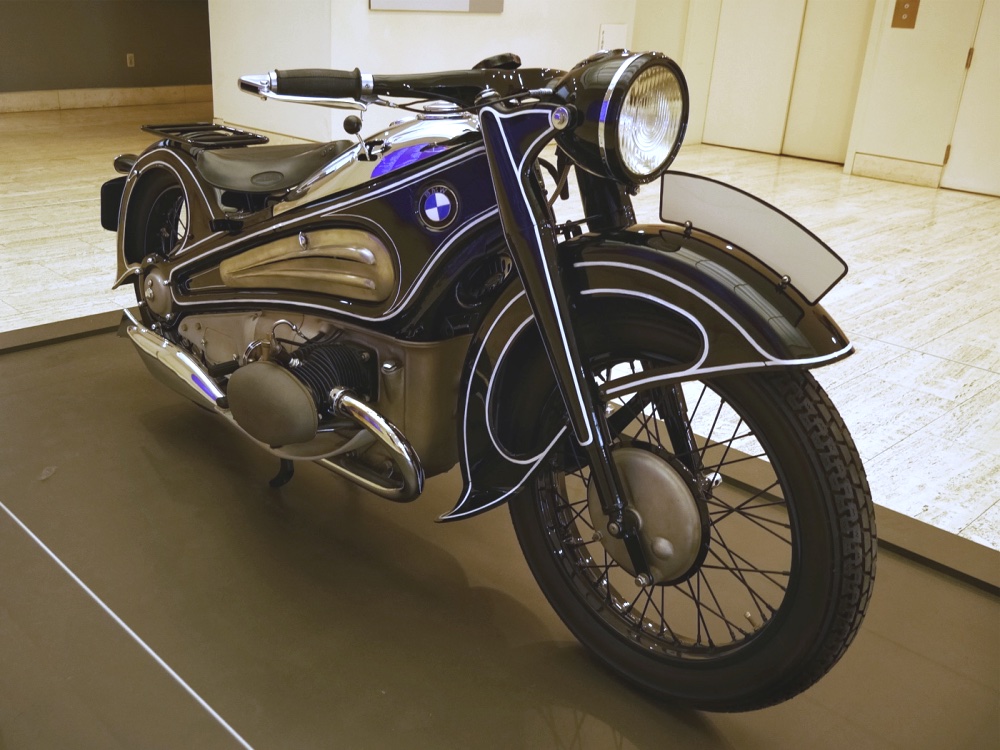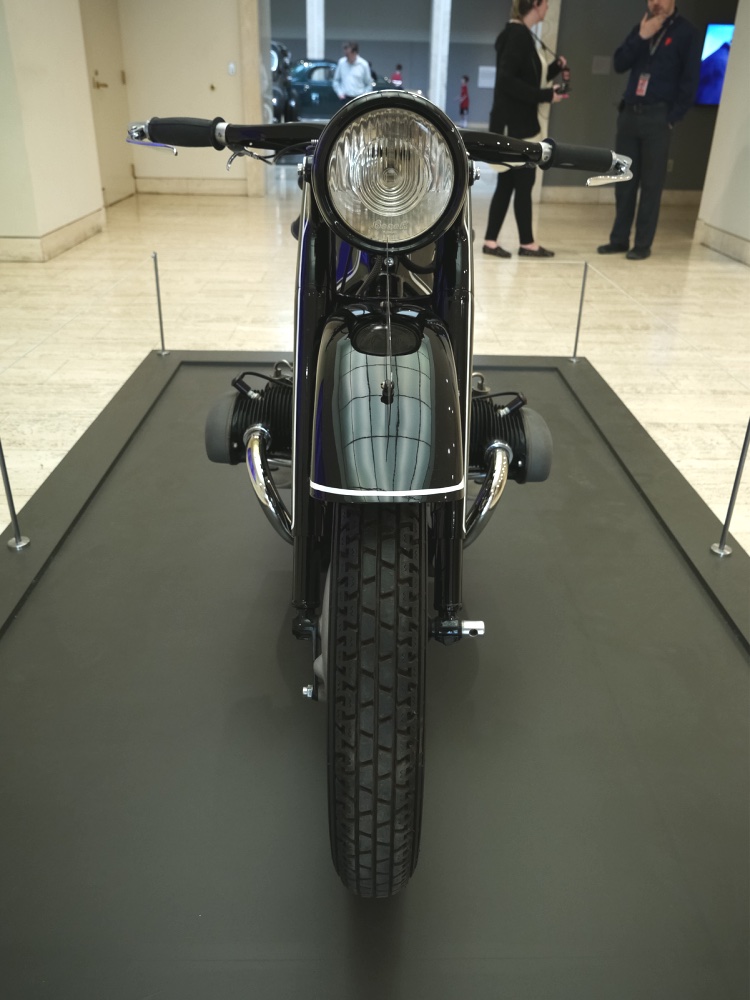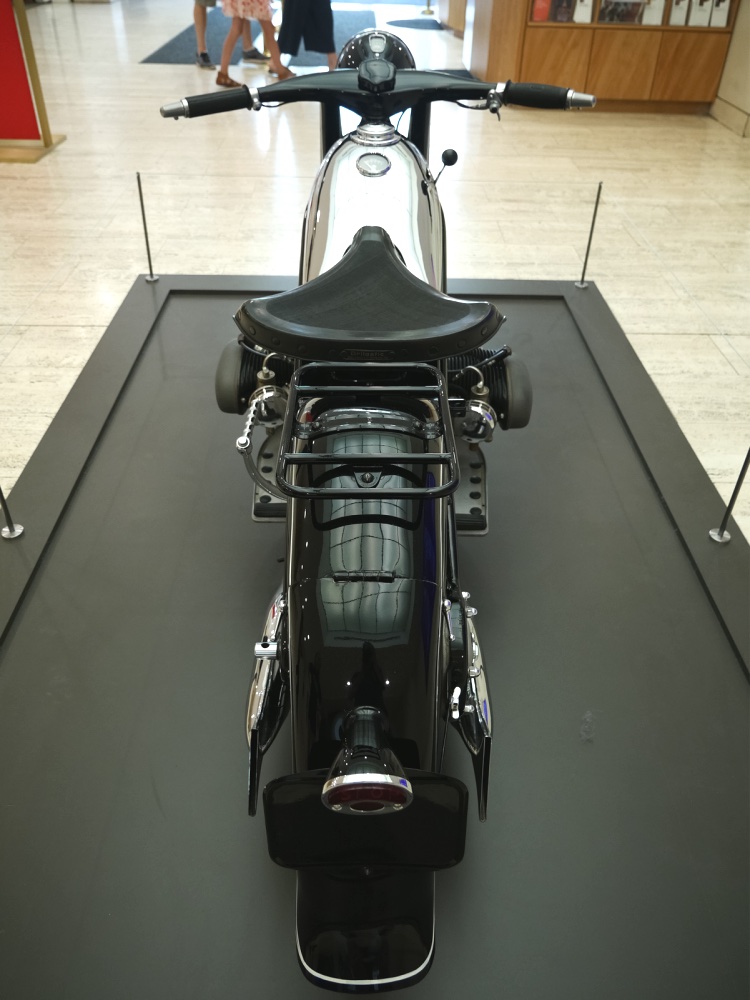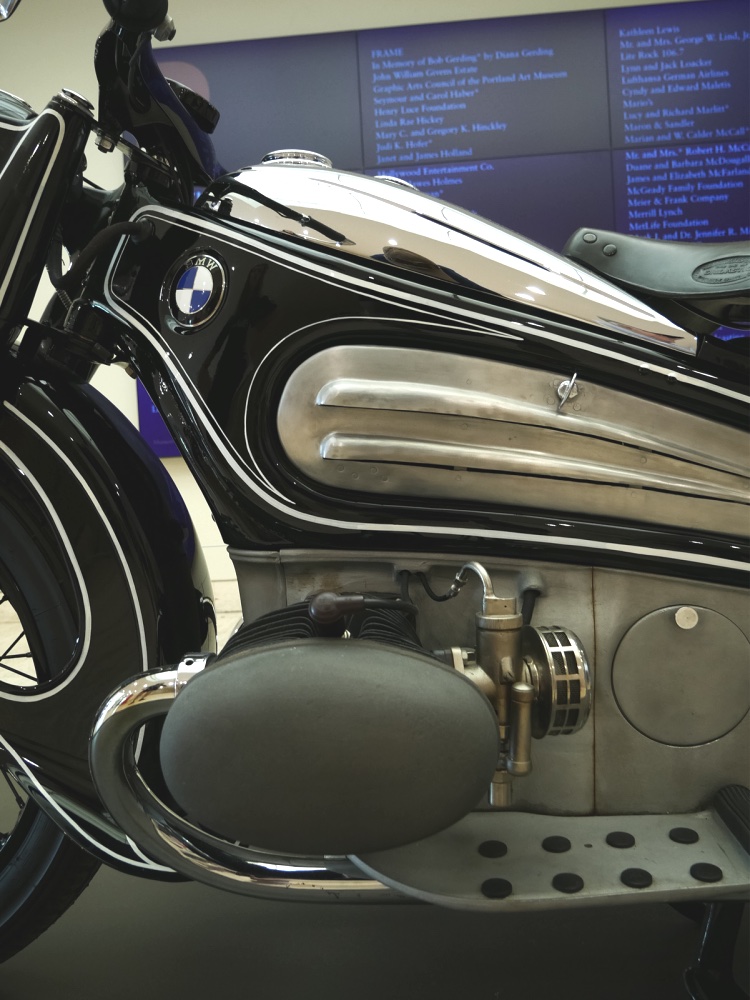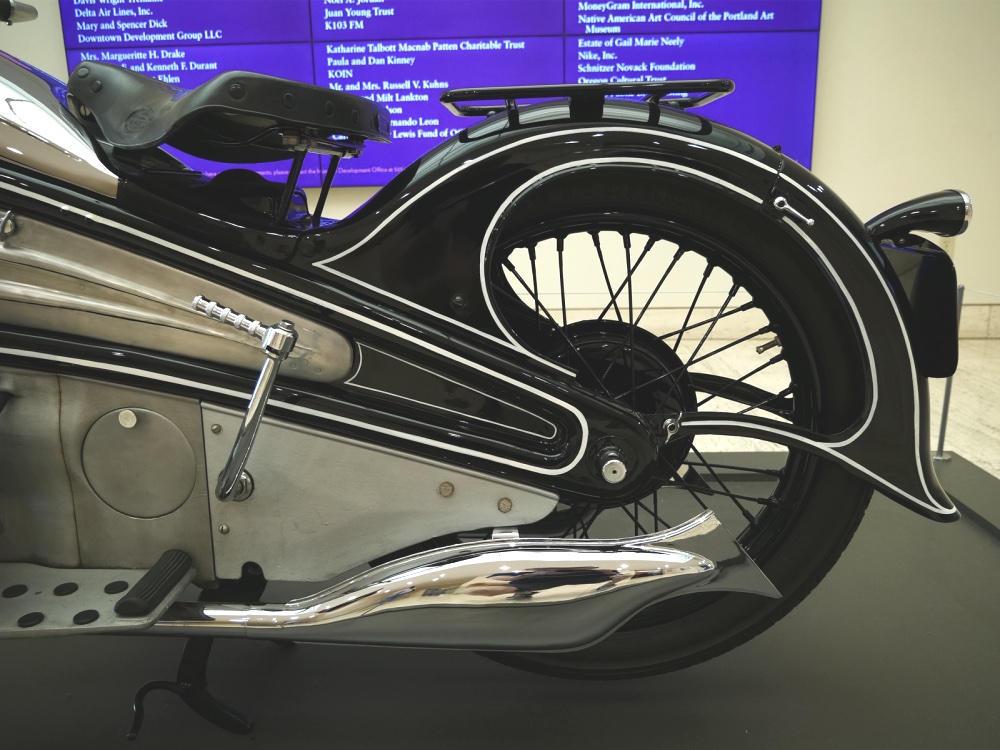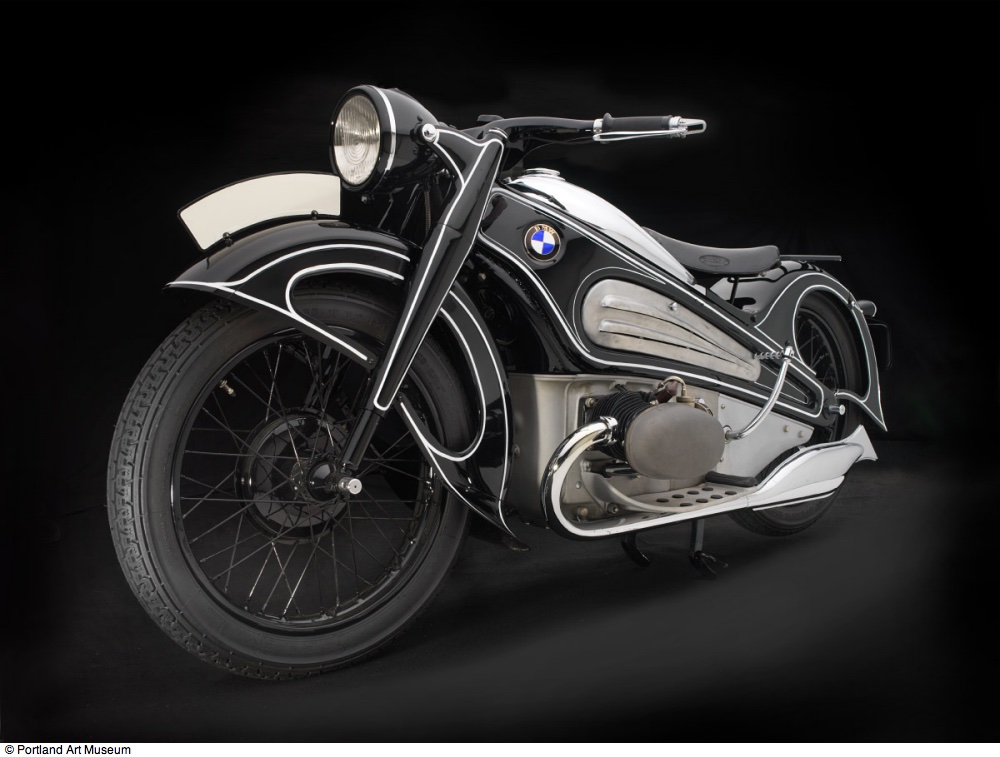The American Dream fades.
Millions of Americans will play Russian Roulette with their lives, and with yours and mine, today by insisting that travel is their God-given right, denying the fact that the coronavirus affects one and all. As the ultimate superspreader event, Thanksgiving will kill hundreds of thousands of Americans who were too selfish to wait a matter of a few months until preventive vaccines come to market. Their victims will include the blameless who stood by and watched in disbelief and were unlucky enough to get infected by these sub-human beings.
This is not the America to which I immigrated in 1977. It is, rather, a collection of selfish bigots who care nothing for their neighbors and think only of short-term gratification for themselves, and hang the consequences.

American morons.
The America of my dreams no longer exists. And while Rockwell’s fine painting includes a message of white dominance, everything else about it is admirable. I wonder, would this cadre have piled onto a virus infected aircraft back in 1950?

The America of my dreams is no longer a reality.
So, give thanks …. and keep your fingers crossed.
